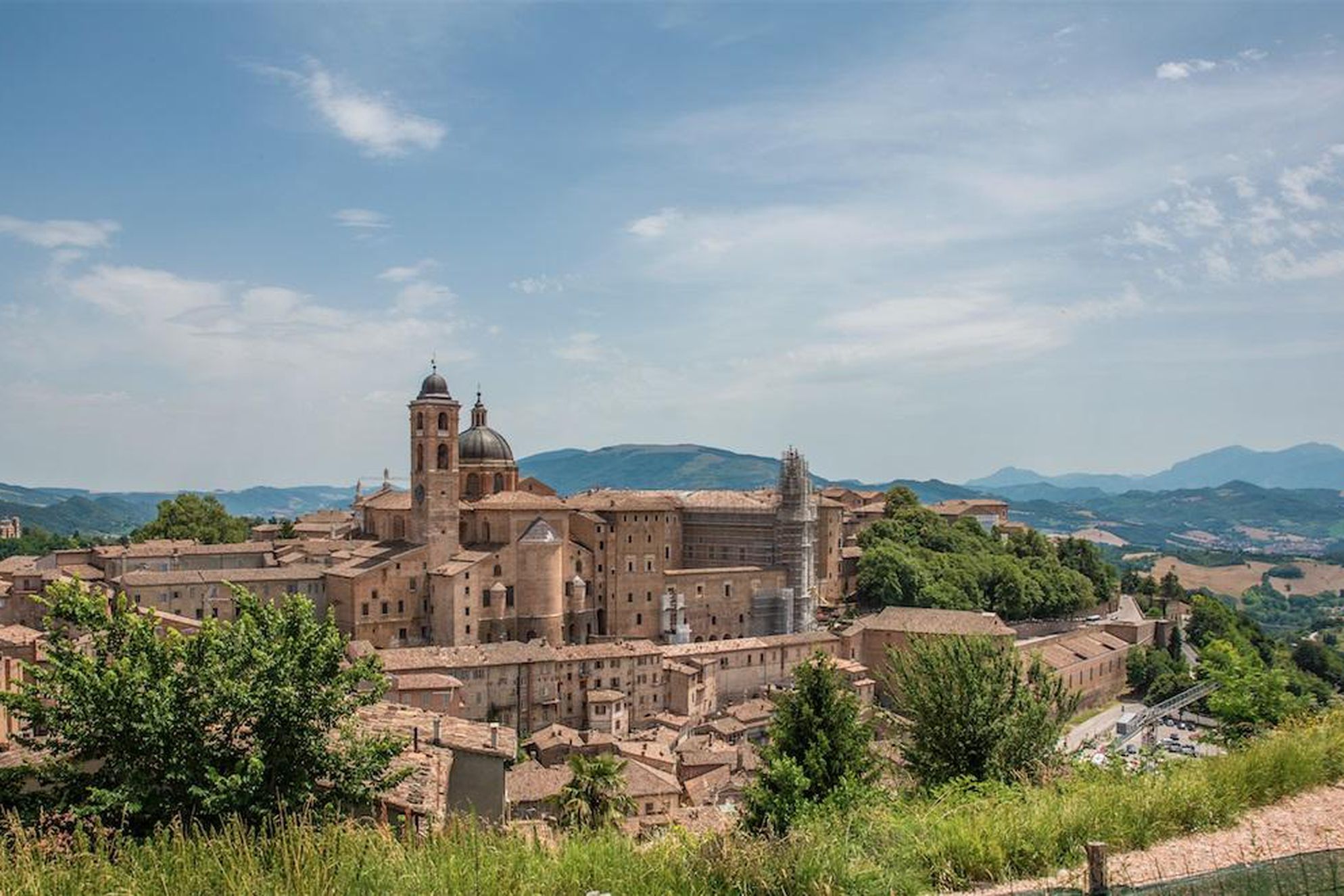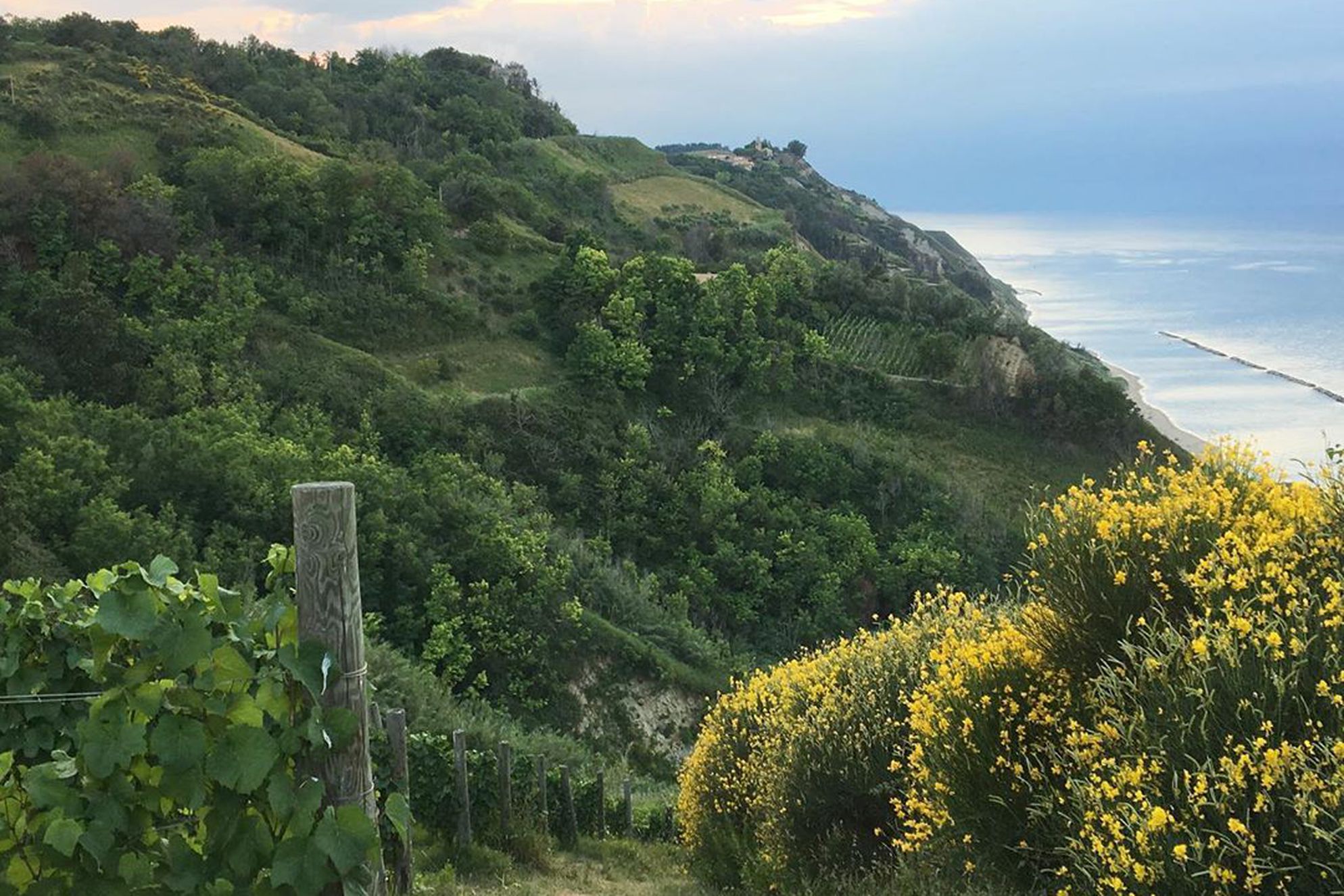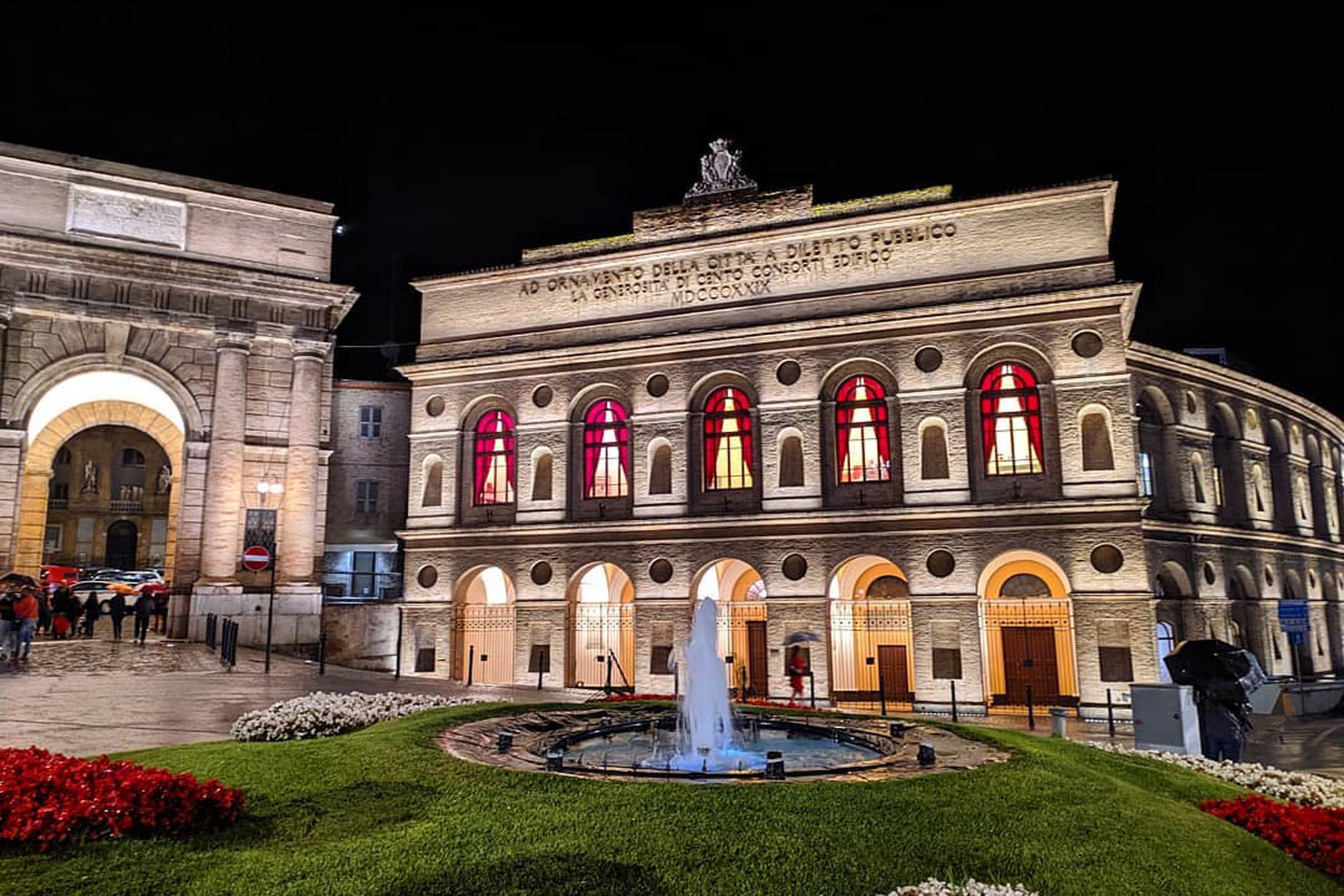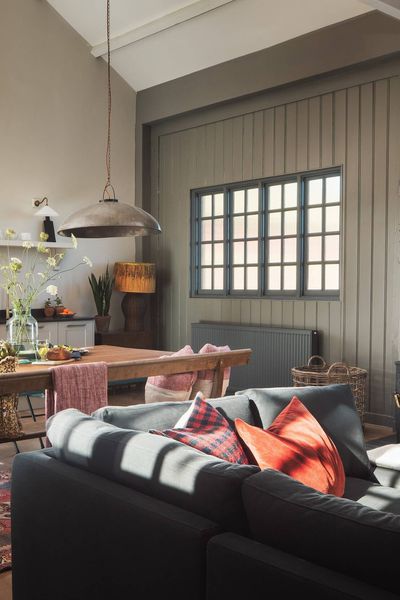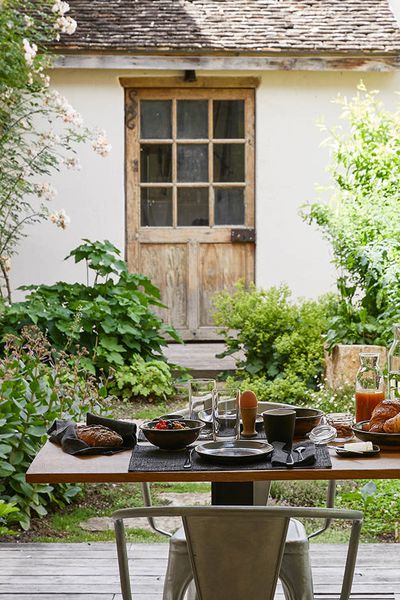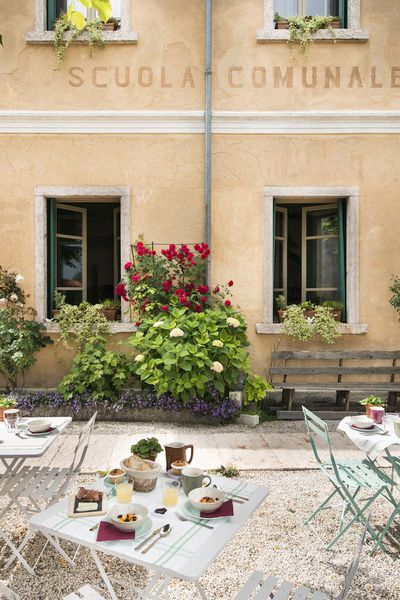Everything you need to know
The Marche is on Italy’s east coast, starting just south of San Marino and finishing a little north of Pescara. It’s bordered by five other regions, Emilia-Romagna, Tuscany, Umbria, Lazio and Abruzzo. The capital Ancona, halfway down on the coast, is likely to be your entry point thanks to direct flights from London, but the trip down from Venice, while a little longer, makes a wonderfully scenic start to your holiday.

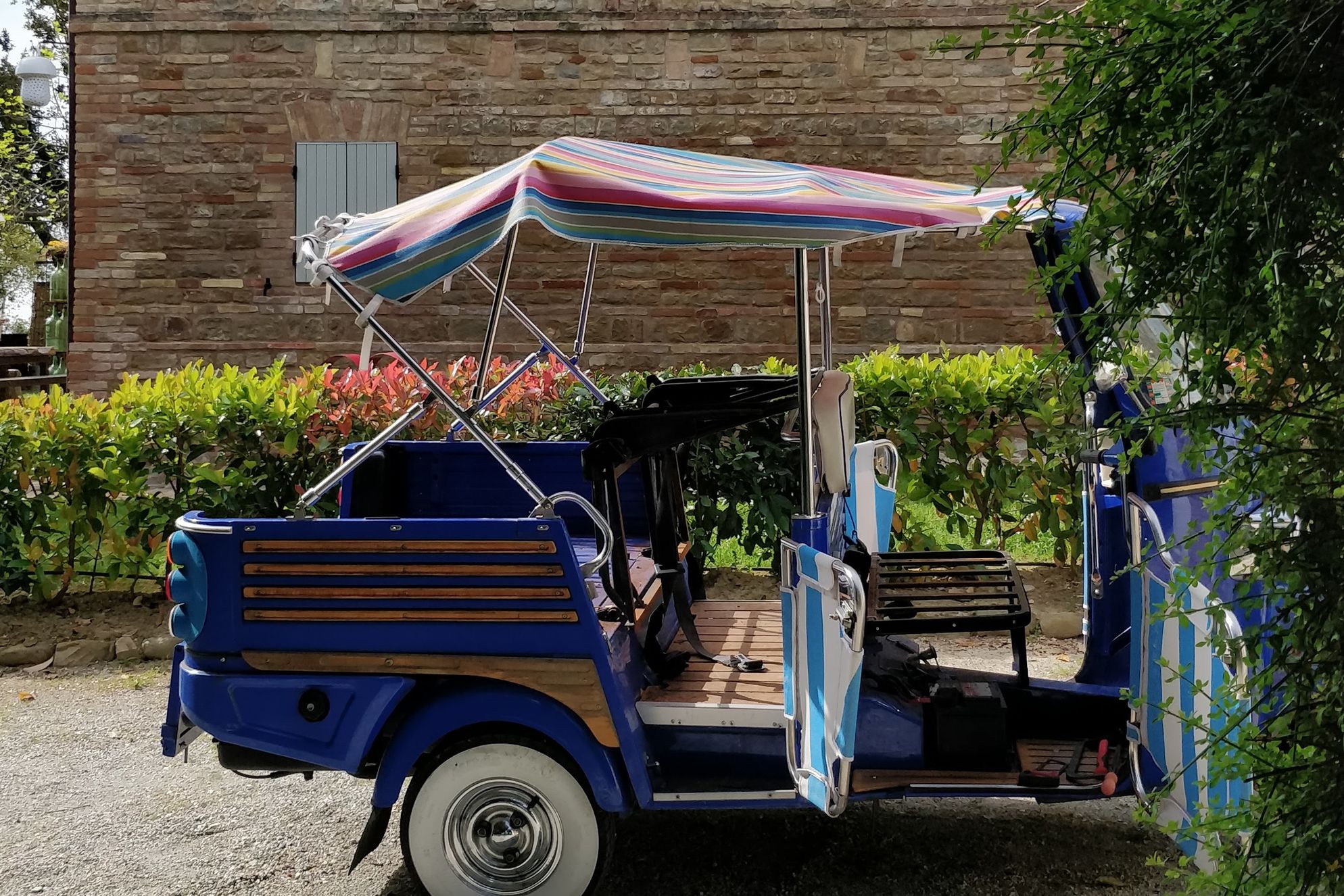
When to go

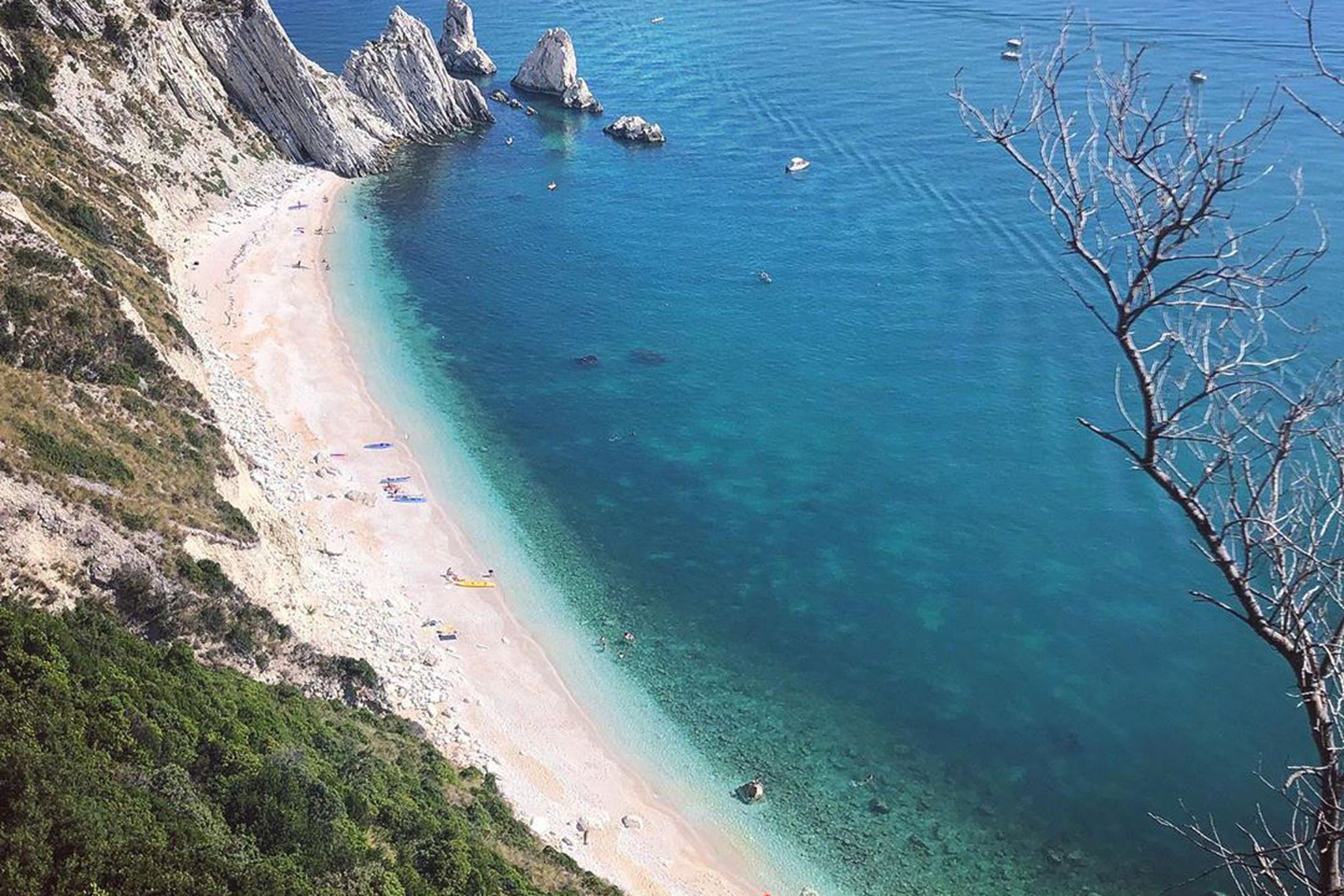

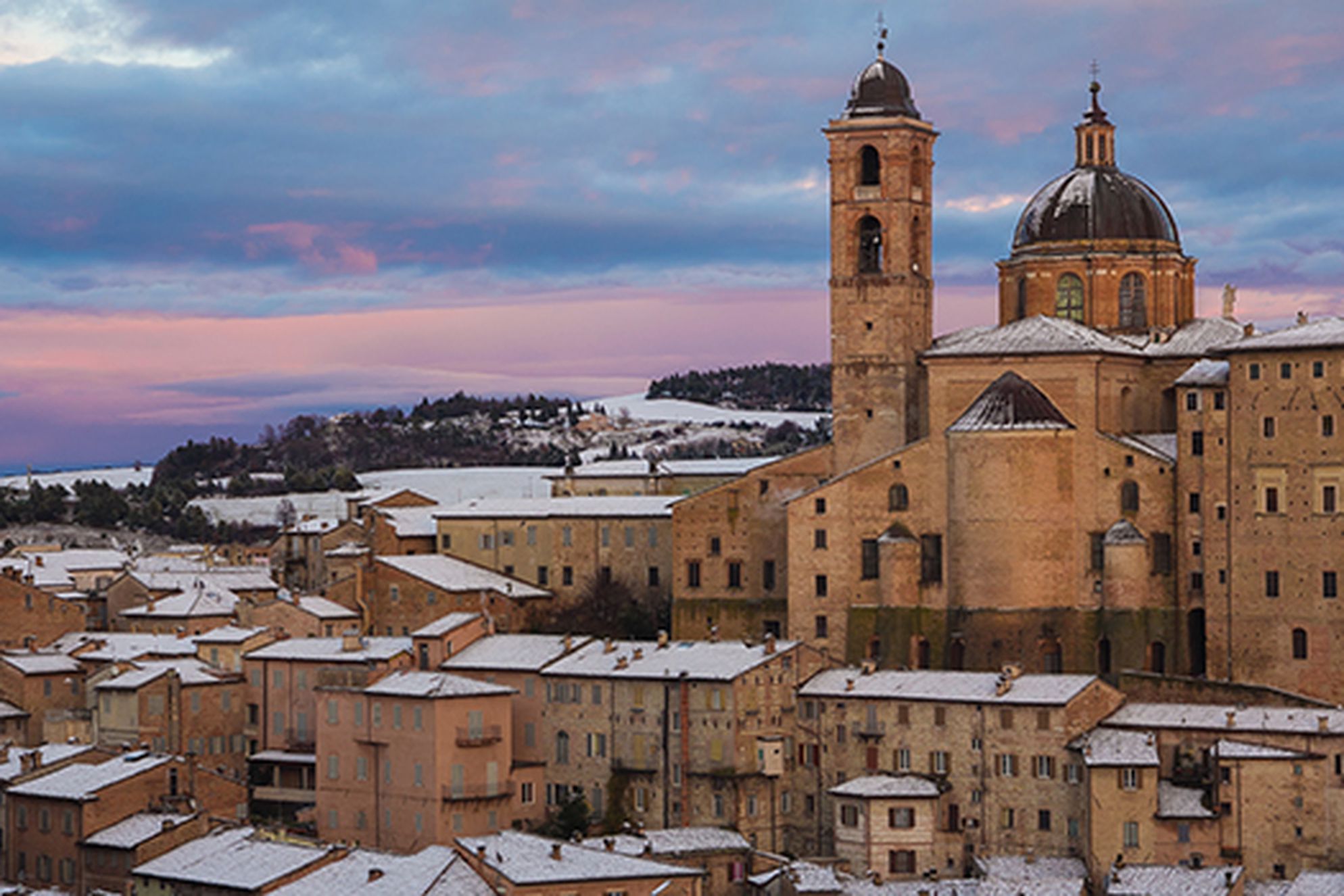
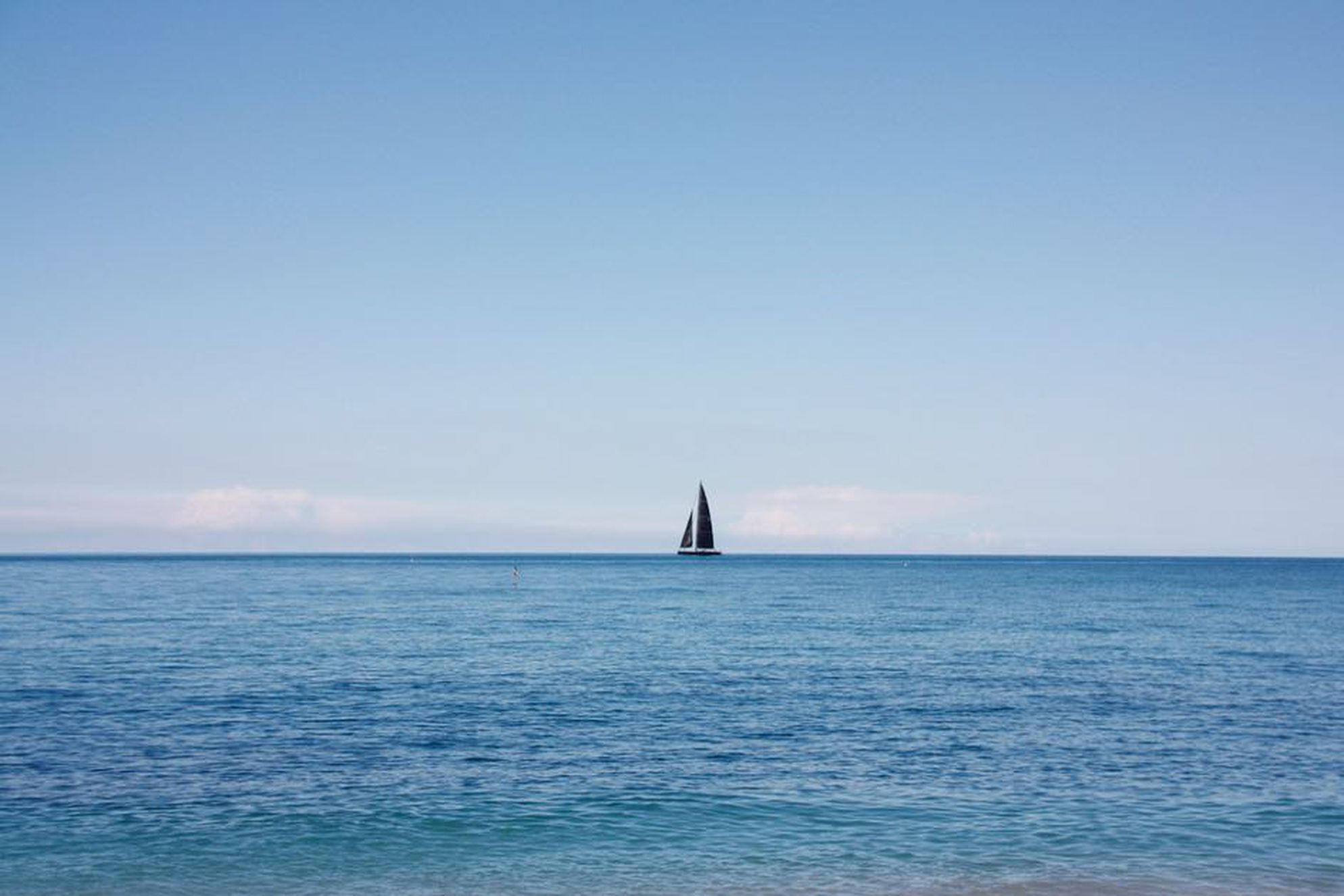
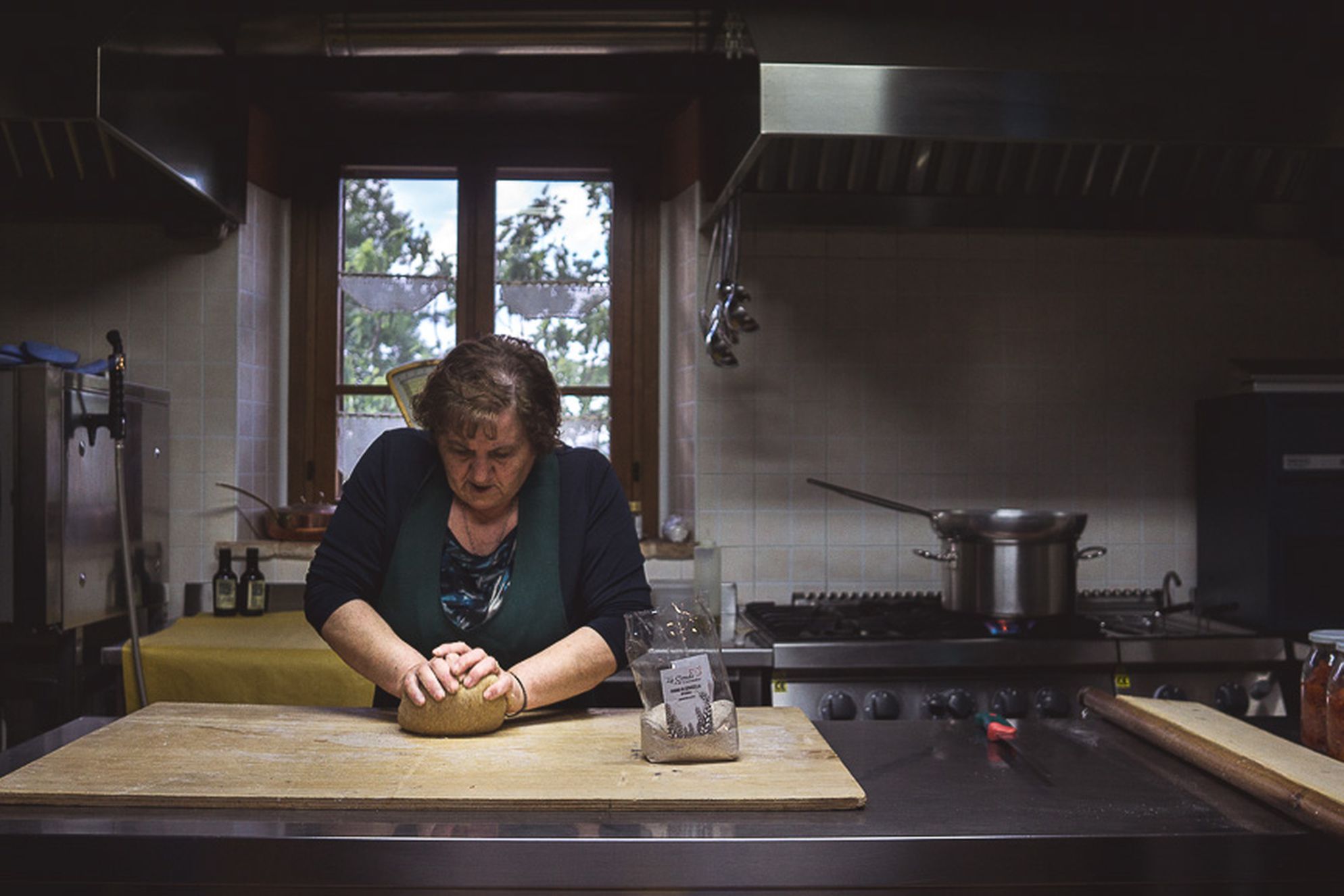
Our favourite destinations
